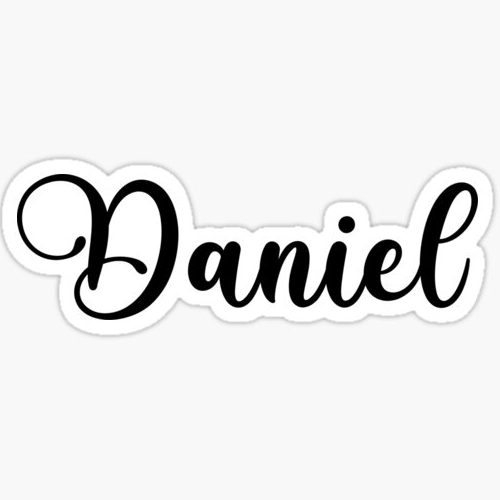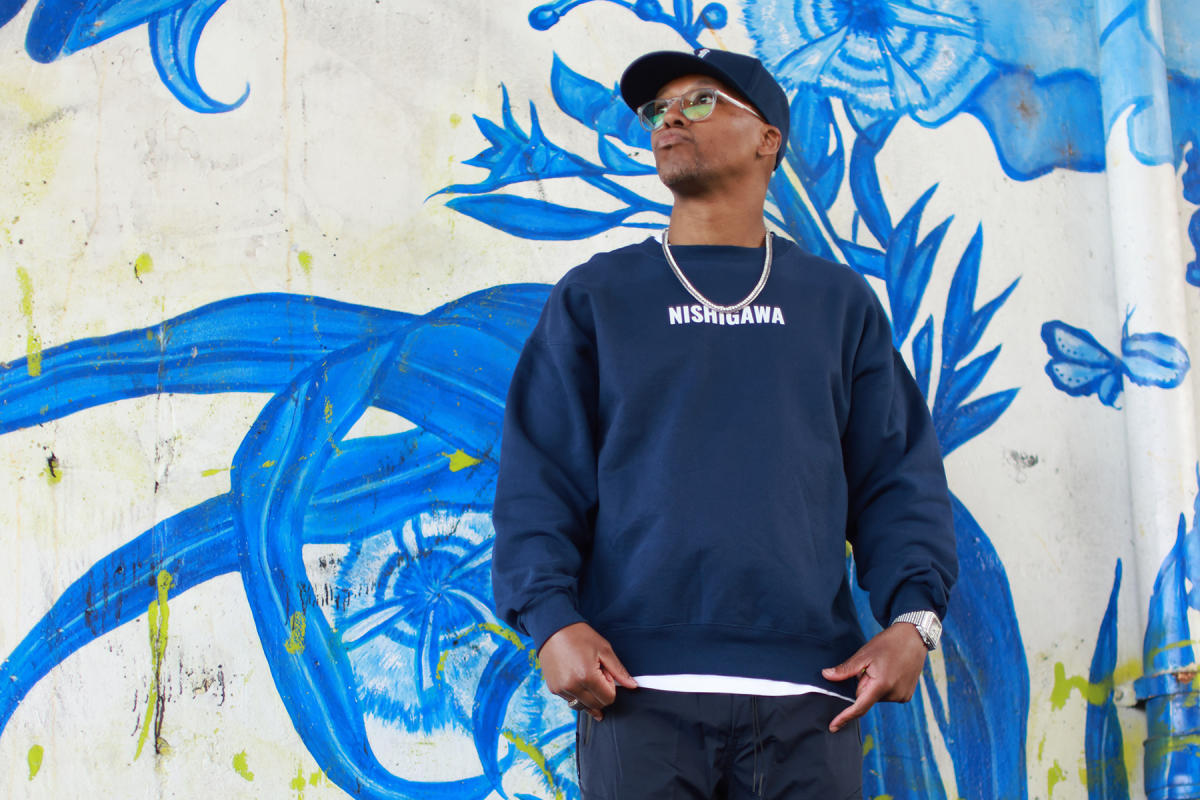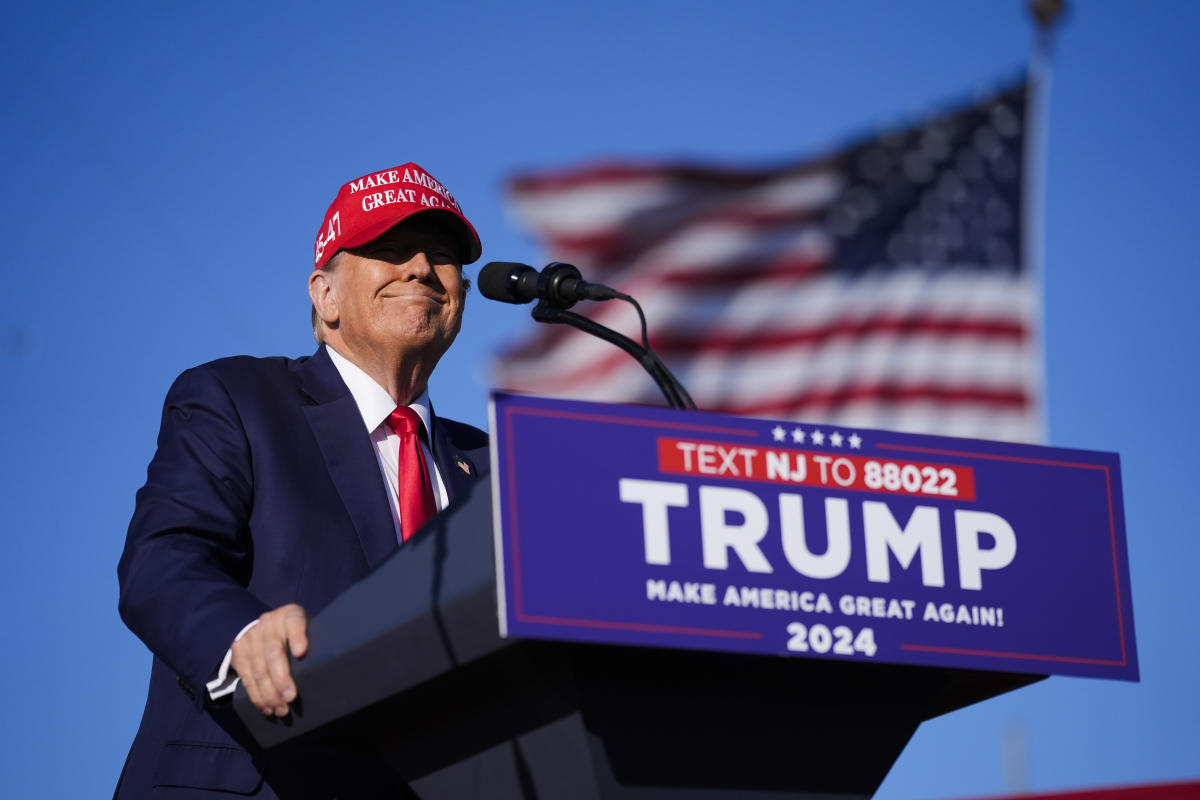As the first portion of the NBA season unfolds, each week we will highlight a handful of make-or-break players who will determine their team’s fortunes, for better or worse. Before Christmas, you will have a full rundown of each team’s bellwether, so you can ride the ups and downs of the rest of the season with them.
The first five make-or-break players: Kyle Lowry, Miami Heat • Chet Holmgren, Oklahoma City Thunder • Khris Middleton, Milwaukee Bucks • Evan Mobley, Cleveland Cavaliers • Julius Randle, New York Knicks
Last week: Jalen Johnson, Atlanta Hawks • Dereck Lively II, Dallas Mavericks • Jaden McDaniels, Minnesota Timberwolves • Alperen Şengün, Houston Rockets • Andrew Wiggins, Golden State Warriors
This week …
Austin Reaves, Los Angeles Lakers
Reaves was an experiment a year ago. He played sporadically for the 33-win Lakers as a rookie during their 2021-22 season, scoring in double digits off the bench on occasion, mostly in losses, before starting down the stretch of a lottery-bound campaign. As Thanksgiving approached last year, the Lakers owned a 2-10 record. LeBron James was nursing a groin injury. The team was scapegoating Russell Westbrook. Patrick Beverley could not make a shot. So, they reinserted Reaves into the starting lineup, and it was not long before Phoenix Suns teammates Devin Booker and Deandre Ayton were punking him on national television.
It was not until mid-March 2023, when the Lakers had tired of Malik Beasley soon after trading for him, that they fully committed to starting Reaves. He averaged 18 points on 57/49/90 shooting splits over the final 10 games of the season, as the Lakers secured a play-in tournament berth. His secondary playmaking lifted the offense enough not to waste a defense that rated fourth after the All-Star break and helped the Lakers make a surprise run to the Western Conference finals, where they were swept by the eventual champions.
During the playoffs, James told ESPN’s Dave McMenamin for a feature entitled, “How Austin Reaves unlocked LeBron James, Anthony Davis — and the Lakers,” “I don’t give a f*** about, like, athleticism; how great you can shoot the ball; how high you can jump; how fast you can run. I like high basketball IQ guys.”
“He’s a good complement for us,” Davis added six games into their postseason. “He just knows how to play the game and he’s tough. When you put guys like that around me and ‘Bron, kind of the same role as [Alex Caruso]. … Guys who just do all the dirty work but also can play, it really complements me and ‘Bron.”
As free agency opened at the end of June, the Lakers delivered Reaves their maximum contract offer — $56 million over the next four years — which he accepted over reported interest from the Houston Rockets and San Antonio Spurs. A week later, he made the USA Basketball team for the 2023 FIBA World Cup, and a week after that, Lakers coach Darvin Ham declared on the “#thisleague UNCUT” podcast with Marc Stein and Chris Haynes, “I’m putting it on record right now, Austin Reaves will be an All-Star at some point soon.“
“It’s proving that he’s one of the best players in the world,” Aaron Reilly, one Reaves’ agents, told The Ringer’s Mirin Fader for one of the many profiles on his client. “It’s showing that this isn’t cute. This isn’t fun. This isn’t a ha ha Austin’s here, this is a nice story. It’s, ‘F*** you guys. I’m here. And I’m going to take your heart.'”
By media day, Reaves was standing with the ball between James and Davis for the Lakers’ 2023-24 season promotional photo, and general manager Rob Pelinka was saying, “I think his core qualities line up with the tenets of the ‘Mamba gene.’ We all got to see Kobe’s career, what he stood for. No player can be compared to Kobe Bryant, but I think players today can carry genes of what he represented, and I think Austin does.”
In one season, Reaves ascended from minimum-paid reserve guard to max-salaried third-leading man for one of the most recognizable brands in the world, and in one summer, he rose from a favorable Alex Caruso comparison to guaranteed All-Star and heir apparent to Kobe Bryant. That is one heckuva glow-up for a 25-year-old from a small Arkansas town of 1,170, and it is almost impossible to meet the latest expectations.
Opposing players take note of all the praise heaped on the next big thing in Los Angeles, too.
It is not surprising Reaves is off to an inconsistent start to the season. This is the most we should expect from a third-year player who first joined the roster on a two-way deal. The rest is the stuff of Disney movies. What is surprising is how the Lakers leaned more heavily into D’Angelo Russell as a third option and removed Reaves from the starting lineup in favor of Cam Reddish so soon after glowing him up.
The Lakers are leveraging Reaves as a tourniquet on a bench unit that is bleeding without James. Since his move to the bench, Reaves is averaging a 14-6-6 on 52/46/85 shooting splits — huzzah! — but the two most commonly used non-LeBron lineups featuring Reaves are still a collective -16 over 33 minutes in that stretch. If Reaves is relegated to a sixth-man role, that is a failure of the depth the Lakers touted all summer. It is also a testament to Reaves’ malleability as a player. How many holes must one rising prospect plug?
Here is the thing: Reaves does have the talent to transform the Lakers from lottery team to conference finalist. We saw it. He might even be an All-Star at some point or the third-best player on a championship team. But to expect him to produce consistently every night the way he did for stretches in the second half of last season, all in time to deliver on that promise before James turns 40, that is a lot to ask of anyone.
Reaves was an advanced statistics god last season. When James and Davis were not on the floor with Reaves last season, the Lakers were outscored by 1.8 points per 100 meaningful possessions, according to Cleaning the Glass, and they were +16.4 points per 100 possessions when he shared the court with them.
Just about the opposite is true through 15 games of this season. Which small sample size the Lakers can trust will determine whether or not they are serious contenders, and the in-season actions they have taken speak louder than their offseason quotes. Maybe they are using the first half of this season as an audition tape for Russell’s trade-able salary, but what that does for Reaves is a different matter. It is one thing to foster the development of a promising young player and another to label him the savior before he is ready.
Sam Hauser, Boston Celtics
When Duncan Robinson turned 26 years old, working on a minimum contract two years removed from his senior college season, the 6-foot-7 wing had two jobs for the Finals-bound Miami Heat: Make 3-pointers and be serviceable on defense. He did one better than the other and both well enough to be a fifth starter.
This is a smaller ask of an undrafted success story than what the Lakers expect from Reaves and easier to fulfill if long-distance marksmanship is your thing. Eventually, Robinson settled into a reserve role, coming off the bench to fire a handful of 3s at a 44.2% clip during the Heat’s playoff run to the Finals last season.
That is quite a weapon to bring off the bench in spurts, forcing defenses to split their focus between a star-laden team’s primary playmakers and the possibility that Robinson could find a few slivers of daylight to spot the offense nine points in a couple minutes. The Heat scored 117.7 points per 100 possessions — the equivalent of a top-five offense — in 419 minutes with Robinson on the floor in last season’s playoffs. That number fell to 110.6 — the equivalent of a bottom-five offense — in 690 minutes with him on the bench.
Wait, isn’t this to be about Sam Hauser?
Well, the 6-8 Celtics wing turns 26 years old in December, and he is shooting 43.8% on 6.4 3-point attempts in 22.3 minutes a game off the bench. Before a 1-for-9 outing from deep in a loss to the Charlotte Hornets on Monday, he was on a tear, taking all but three of his 46 field-goal attempts from beyond the arc and making 53.5% of them on Boston’s six-game win streak.
Hauser has never shot worse than 40% from 3 in a season, including his high school and college careers.
Boston owns the league’s most terrifying starting lineup, a unit that has outscored opponents by 104 points in 176 minutes to start the season. The Celtics trust Al Horford as their backup center and feel pretty good about the 10-15 minutes a night Payton Pritchard will spell Derrick White and Jrue Holiday in the playoffs. If Hauser grabs hold of the eighth spot in their playoff rotation as anything close to a Robinson-level threat, what a revelation that would be for a team already boasting the league’s best odds to win a championship.
Jalen Suggs, Orlando Magic
Suggs ranked last in the NBA in box plus-minus among everyone who played at least half the season two years ago, when his rookie campaign was bookended by a broken thumb on his shooting hand and surgery on a stress fracture in his right ankle. He moved into the middle of the pack last season, despite suffering another sprain in the same ankle at the start of the season. He has risen into the league’s top 75 this season.
Advanced statistics do not always tell the whole story, but in this case, they do illustrate his progression, especially on a roster full of developmental projects, even as his traditional offensive statistics continue to fall short of expectations from his fifth overall draft selection in 2021. Connectivity is a buzzword this season in the NBA, but the Magic feature a number of players who fall into that category, including Paolo Banchero, Franz Wagner and Wendell Carter Jr., and Suggs might be the kind of player whose progress follows theirs.
Offensively, Suggs has spent more time off the ball this season, allowing Banchero and Wagner to assume much of the playmaking, making quicker decisions and finding more catch-and-shoot opportunities, where he has inched closer to league average from 3-point range. The shooting form has always looked so fluid, it feels like the percentages should continue to improve, and man would he be dangerous with a trusty floater.
Defensively is where Suggs is making his biggest impact. His willingness and quickness have yielded 2.1 steals per game, third in the NBA. He ranks fifth in deflections and fourth in loose balls recovered, per the league’s tracking data. Injuries to Carter and Markelle Fultz have wrinkled the Magic’s rotation, but their opening-night starting lineup — Suggs, Fultz, Wagner, Banchero and Carter — has held opponents to a ludicrously low 95.1 points per 100 possessions over 78 minutes. Three of Orlando’s five most-used lineups feature Suggs, and they are a combined +64 in 196 minutes, a testament to his high-IQ brand of basketball.
Orlando features four young point guards. Fultz is a free agent at season’s end. Anthony Black is 19 years old. Cole Anthony and his new three-year extension are best suited for a sixth-man role. Suggs’ progress at a rate commensurate with Banchero and Wagner would create so much flexibility. He can play with Fultz or Black and replace either. If his offensive efficiency continues to climb, Suggs can be the final connective tissue for an entire rotation. If not, the Magic will wait on Black’s development to meet the rest of the roster.
Santi Aldama, Memphis Grizzlies
The Grizzlies started the season 0-6 as Aldama nursed a right ankle sprain. Of course, All-Star point guard Ja Morant is suspended for the first 25 games of the season, starting center Steven Adams will not play a game this season and reserve big man Brandon Clarke is still recovering from the Achilles he tore in March.
Memphis is 3-4 since Aldama’s return and has been in all but one of those games, despite injuries to even more rotational players, including the newly acquired Marcus Smart. None of this is to suggest Aldama will singlehandedly save the Grizzlies’ season, but if the roster rounds into shape and holds the fort for Morant, Aldama’s time spent as a focal point could expedite their battle back toward contention (this season or next).
Aldama has averaged 14.7 points (shooting 45.6% from the field and 37.5% from deep), 6.4 rebounds and 2.6 assists in 25.4 minutes over seven appearances. He exploded for career highs of 28 points and six assists, along with 12 rebounds, in a two-point loss to the league-best Celtics on Sunday. More than that, though, he knows how to play basketball. Watch him without the ball, and you will see him setting screens to free shooters, finding creases for his own shot and keeping the Grizzlies’ defensive rotations on time.
Aldama’s 3-point accuracy has waxed and waned in his three seasons, but he is nearly 7 feet tall, and if he ever maintains a clip closer to 40%, imagine his frontcourt partnership with Jaren Jackson Jr. Their spacing offensively for Morant and size on defense creates air-traffic control problems for opponents on both ends. The pairing is +7.4 points per 100 meaningful possessions playing in unrecognizable lineup combinations this season. The rating was triple that with better players around them for a larger sample size last season.
This embedded content is not available in your region.
Coby White, Chicago Bulls
You can say the same about White and Patrick Williams on the Bulls. They somehow both play with energy but lack aggression, if that makes sense. They have deferred to Chicago’s lowercase big three of DeMar DeRozan, Zach LaVine and Nikola Vučević, largely because both are the opposite of three-level scorers. White and Williams are shooting a combined 48.4% in the paint, 32.4% from midrange and 30.5% from 3. Those are alarming numbers for a pair of top-seven picks in their fifth and fourth seasons, respectively.
White and Williams have all the tools to become respectable NBA players, but they have been folded into this morass in Chicago, where everyone but the front office realized long ago this team just does not work.
This time last year, White told reporters, “People are impatient. I’m only in my fourth year, I’m only 22 years old. I really should be in college,” and Williams declared, “I’m starting to feel like I have what it takes to be a star and a superstar in this league. So I’m kind of just trying to take that role on and build on it day by day.”
Well, we are another year into their careers, and while White has shown some recent promise — 39.2% on 6.4 3-point attempts and 4.3 assists against 1.9 turnovers per game over the his last eight appearances — they have failed to elevate the collective level of a team also limited by its Level 4-ish stars. The 2019 and 2020 NBA Drafts have each produced three All-Stars already, so time is not their impediment to progress.
Who is responsible for this failure? The previous front office traded Jimmy Butler for LaVine and a top-10 pick, which became Lauri Markkanen, and the Bulls drafted Carter, White and Williams with the rewards for winning between 22 and 27 games for three straight years. The current front office figured, well, the rebuild is over, so it is time to swap Markkanen, Carter, Otto Porter Jr., Thaddeus Young, two lottery picks (one of which became Franz Wagner) and a second-round selection for Vučević and DeRozan. Yikes.
The result since the first of those dominoes fell is a single playoff win — not a series, just a game before another early vacation. The Bulls could not have foreseen the extent of Lonzo Ball’s knee problems, but this is a once-great franchise going on another decade of incompetence. The Curse of Derrick Rose, if you will.
It is also on White and Williams to seize opportunities created by injuries to others and industriousness of their own. White, in particular, has been given plenty of runway, and his failure to launch has led the Bulls to experiment with Ayo Dosunmu at point guard, a miscasting of arguably the best draft pick still on the roster. White’s development might have pulled the rotation together in Ball’s absence to at least forge a consistent playoff team out of this janky collection of Bulls. Instead, it might be the impetus for another teardown in Chicago, where there should be no excuses left for White and Williams to prove their NBA respectability.

Daniel Miller is a sports fanatic who lives and breathes athletics. His coverage spans from major league championships to local sports events, delivering up-to-the-minute updates and in-depth analysis for sports enthusiasts.







